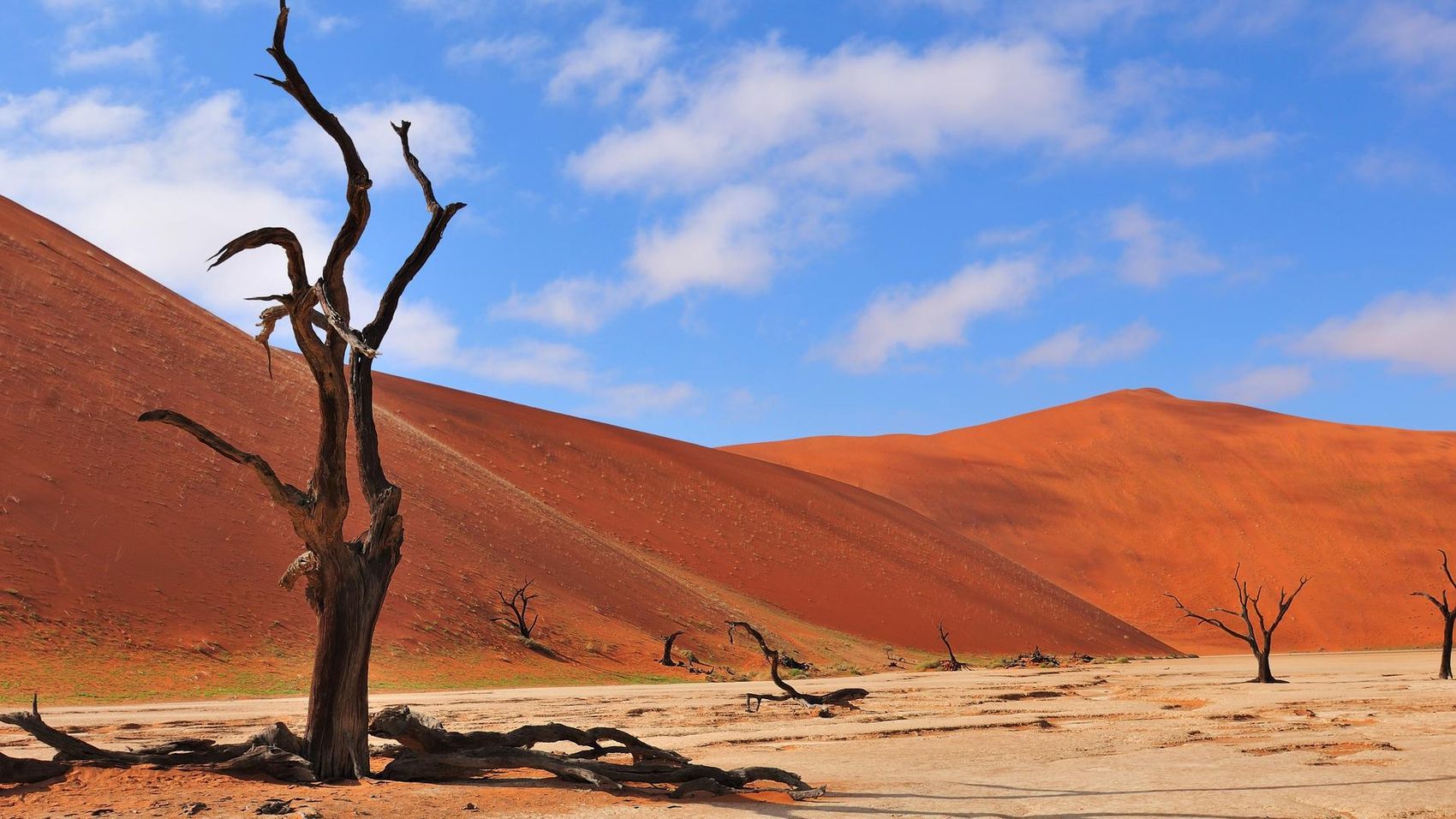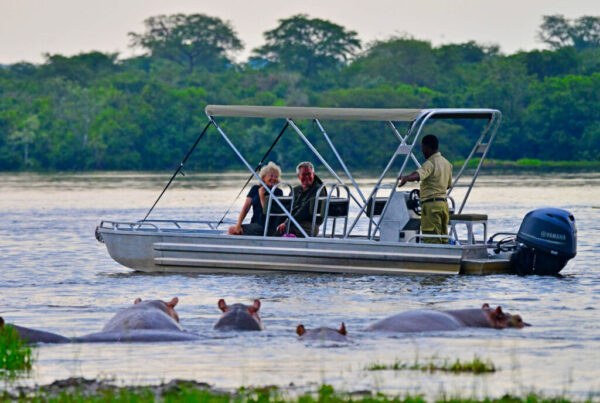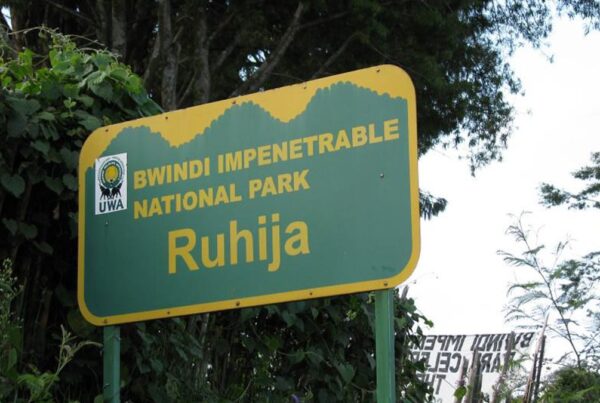10 Interesting Namib Desert Facts
In the southwestern corner of Africa, where the land melts into an endless horizon of ochre and gold, lies a desert unlike any other. The Namib Desert, with its towering red dunes, fossilized trees, and wind-sculpted valleys, evokes awe not just for its beauty, but for its profound mystery. Though seemingly barren at first glance, the Namib breathes with hidden life and ancient rhythms. It is a place where time seems paused, where the earth tells stories that began millions of years ago, and where survival dances on the edge of impossibility.
Far from being a lifeless wasteland, the Namib is a living monument to resilience and adaptation, shaped by forces both fierce and subtle. Beneath its vast skies and sun-scorched sands, lie astonishing ecological marvels and geological wonders. The desert’s landscapes captivate scientists, adventurers, and dreamers alike, offering a glimpse into the raw majesty of nature untouched.
To explore the Namib Desert is to step into a realm of paradoxes: a place both ancient and ever-changing, lifeless in appearance yet rich in biological ingenuity. The following compilation reveals ten fascinating facts about the Namib Desert, not just as isolated curiosities, but as interconnected elements of a land that continues to surprise and inspire those who journey across its timeless dunes.
The Namib: The Oldest Desert on Earth
The Namib holds the extraordinary distinction of being the oldest desert on the planet. Scientific estimates suggest that arid conditions have persisted here for at least 55 to 80 million years, making it far older than the Sahara or the Gobi. While other deserts have come and gone through climatic shifts and glacial cycles, the Namib has remained a constant dry zone, shaped by the cold Benguela Current and the presence of the Atlantic Ocean.
This immense age has allowed for the evolution of unique flora and fauna not found anywhere else on Earth. The Namib’s longevity is not only a geological marvel but also a living laboratory, offering insights into how ecosystems adapt over millennia to extreme conditions.
Home to the World’s Tallest Sand Dunes
Within the heart of the Namib, particularly in the iconic region of Sossusvlei, rise some of the highest sand dunes on the planet. These red giants, including the famous Big Daddy and Dune 7, soar to heights of over 300 meters (nearly 1,000 feet). Sculpted by relentless winds and shifting currents, these dunes are in a constant state of transformation, despite their apparent permanence.
The rich red-orange color of the dunes is due to the oxidation of iron within the sand, acting like rust over time. This vibrant pigmentation, paired with the stark contrasts of the blue sky and white salt pans, creates a dreamlike visual spectacle that draws photographers and travelers from around the world.
A Fog-Driven Ecosystem
Despite receiving less than 10 millimeters of rainfall annually in some areas, the Namib supports life thanks to a surprising ally—fog. Driven inland by the cool Benguela Current off the Atlantic coast, thick fog banks drift over the desert in the early morning, providing precious moisture to plants, insects, and animals.
Many species, including the fog-basking beetle, have adapted ingenious ways to harvest moisture directly from the air. By tilting their bodies into the fog-laden wind, they collect water droplets that run down into their mouths. This ethereal fog is not merely atmospheric—it is a lifeline, sustaining life in a place where rain rarely falls.
An Ecosystem Rich in Endemic Species
The Namib Desert is one of the most biologically unique deserts on the planet, home to over 200 endemic species that exist nowhere else. This includes the legendary Welwitschia mirabilis, a plant often referred to as a “living fossil,” known for its bizarre appearance and ability to live for over 1,000 years.
Other endemic species include the Namib Desert gecko, the cartwheeling spider, and the golden mole, each adapted to survive extreme temperatures, minimal water, and harsh terrain. These organisms are not only scientifically significant—they are symbols of evolutionary brilliance, showcasing nature’s endless ingenuity.
A Desert Born from the Sea
Unlike many deserts shaped by continental forces, the Namib’s existence is intricately linked to the cold Atlantic Ocean. The Benguela Current cools the air, limiting rainfall inland and creating the hyper-arid conditions that define the region. Coastal deserts like the Namib are extremely rare and are shaped by oceanic influences that regulate temperature and wind patterns in profound ways.
The presence of fog, the wind-carved sand formations, and the unique dune ecosystems are all products of this oceanic interaction. In many ways, the Namib can be seen as a desert sculpted by the sea, a meeting point of elemental extremes.
A Desert of Skeletons and Shipwrecks
The Namib’s coastline is known as the Skeleton Coast, a name evoking both dread and fascination. This desolate stretch of land has claimed countless ships over centuries, their rusting skeletons still visible along the shore, buried in shifting sands. The combination of thick fog, rough seas, and uncharted shallows has turned this coastline into a maritime graveyard.
The eerie beauty of these wrecks, combined with whale bones, sun-bleached skulls, and abandoned settlements, paints a haunting picture of isolation and impermanence. Yet, it also draws the curious and the brave, offering raw, untamed wilderness for those seeking solitude and silence on the edge of the earth.
Namib’s Hidden Rivers and Subterranean Life
Although the Namib appears dry on the surface, seasonal rivers such as the Kuiseb and Tsauchab occasionally flow after rare rains, carving deep canyons and supporting brief explosions of life. Below the surface, ancient aquifers and underground streams sustain vegetation like the camelthorn tree, whose roots can reach more than 60 meters deep.
Some areas bloom spectacularly after rainfall, revealing ephemeral wildflowers and temporary grasslands that feed insects and antelope. These fleeting transformations are short-lived but dramatic, turning the barren into the beautiful with almost magical speed.
A Dark Sky Haven for Stargazing
Due to its remoteness, lack of light pollution, and crystal-clear air, the Namib Desert offers one of the best stargazing experiences on Earth. The NamibRand Nature Reserve, in particular, has been designated as a Gold Tier International Dark Sky Reserve, recognizing its unparalleled night skies.
Under the canopy of the Milky Way, travelers can witness celestial events, shooting stars, and constellations with breathtaking clarity. The silence of the desert enhances the experience, transforming each night into a cosmic symphony of silence and starlight.
Cultural Roots in an Ancient Land
The Namib is not only a wilderness of natural phenomena—it is also a cultural landscape, once home to indigenous groups like the San people, whose rock engravings and stone tools are still found in caves and on remote plateaus. These early inhabitants adapted to desert life with profound knowledge of plants, animal behavior, and weather patterns.
Even today, the Topnaar people, a Nama-speaking community, continue to live along the Kuiseb River, harvesting desert melons and practicing traditional desert survival techniques. The Namib’s cultural legacy reminds modern visitors that this land has been known, traversed, and honored for thousands of years.
A Destination of Rare Beauty and Global Significance
The Namib Desert has not only captured the imagination of explorers, filmmakers, and conservationists—it has earned recognition as a UNESCO World Heritage Site, due to its unique geological features and ecological significance. Its landscapes have served as the backdrop for iconic films, scientific research, and conservation studies that stretch across disciplines.
Its role in climate research, desert ecology, and sustainable tourism continues to expand. And yet, despite its fame, the Namib retains its quiet mystery. It never shouts, never boasts—it simply exists, vast and unyielding, inviting those who venture into its domain to listen, learn, and be humbled.
Experience the Magic of the Namib with WildHorn Africa
The Namib Desert is more than a destination; it is a testament to the enduring power of nature, a canvas of extremes that reveals itself slowly to those with the curiosity and reverence to explore. From climbing the blood-red dunes of Sossusvlei to tracing the ghostly shipwrecks of the Skeleton Coast, each journey into this desert promises moments of silence, beauty, and revelation.
For those ready to walk among ancient sands, witness rare wildlife, and discover the secrets of Earth’s oldest desert, WildHorn Africa stands ready to guide you. With bespoke safari itineraries, expert guides, and a passion for conservation, WildHorn Africa crafts immersive experiences that honor both the land and the life it supports.
Book your Namib Desert adventure today with WildHorn Africa—and discover a world where the desert speaks in whispers, and the past still lingers on the wind.





 WildHorn Africa – Authentic and unforgettable tours across Africa, guided by local experts who know the land, wildlife, and culture best.
WildHorn Africa – Authentic and unforgettable tours across Africa, guided by local experts who know the land, wildlife, and culture best.


